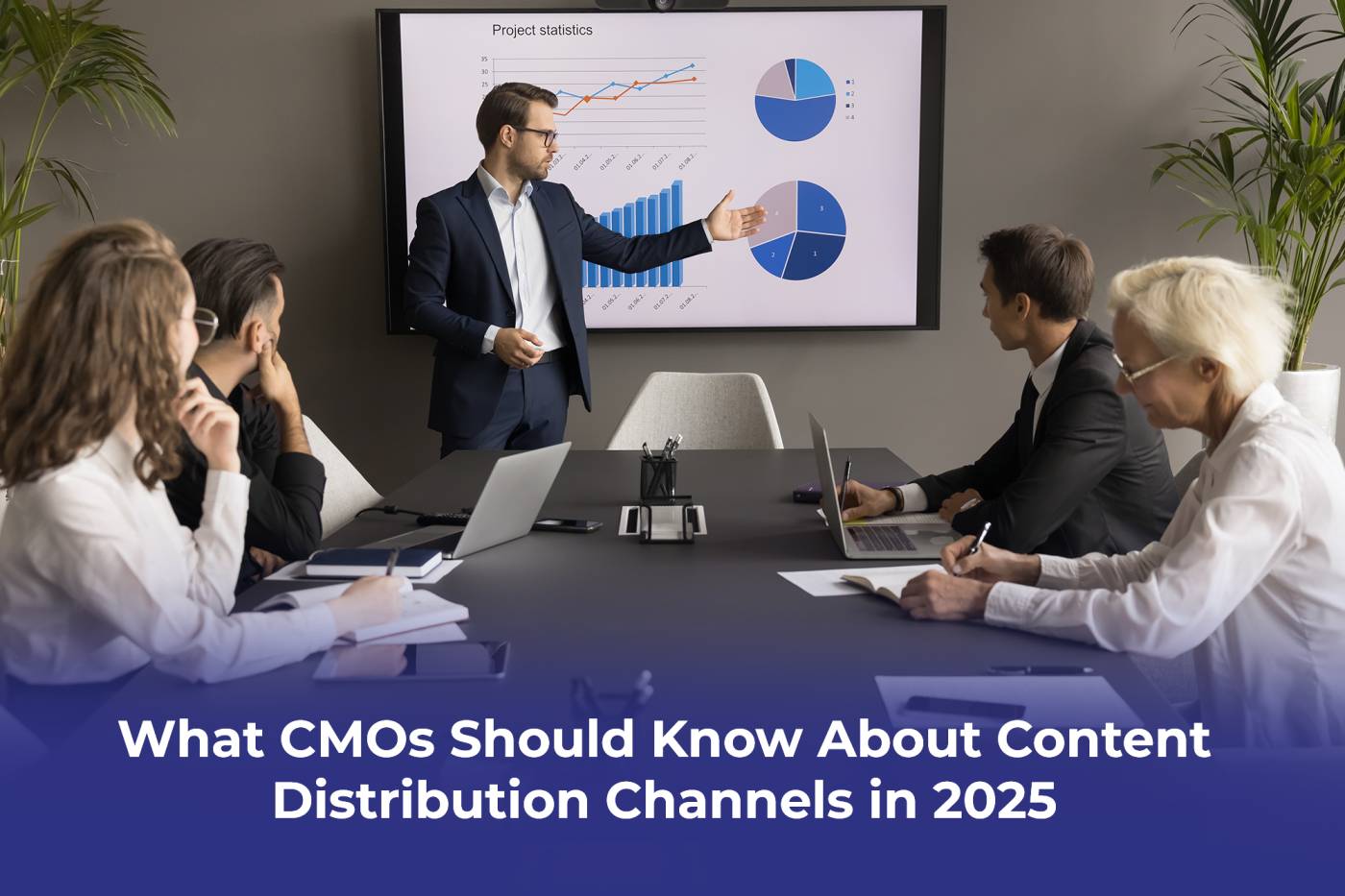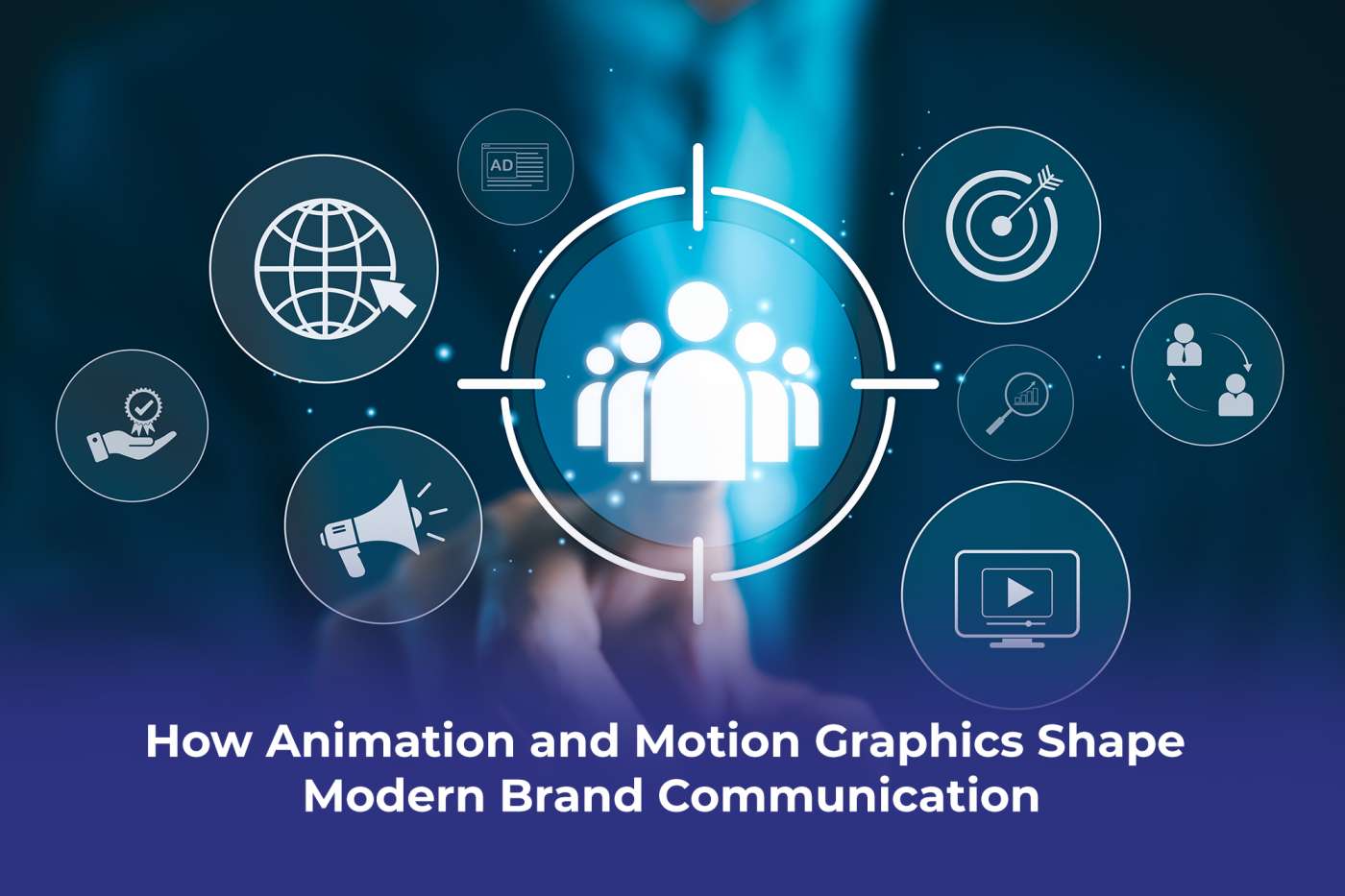Summary
In 2025, content marketing success is no longer about producing more content; it’s about ensuring the right content reaches the right audience through the right channels. For CMOs and marketing leaders, mastering content distribution channels has become just as critical as content creation itself. This article explores the evolving landscape of content distribution, the platforms that matter most in 2025, and how enterprise brands can align distribution strategies with their broader content marketing goals. By understanding these dynamics, leaders can maximize reach, build authority, and ensure ROI from every piece of content.
Why Content Distribution Is a Strategic Priority in 2025
Producing high-quality content isn’t enough. Without strategic distribution, even the most insightful whitepapers, videos, or thought-leadership articles risk going unseen.
For CMOs, distribution is no longer a tactical afterthought but a strategic lever for:
- Extending content lifespan across multiple touchpoints.
- Aligning with buyer journeys at every funnel stage.
- Amplifying authority by being present on the channels your decision-makers actually use.
Types of Content Distribution Channels
Content distribution channels fall into three primary categories:
1. Owned Media
- Company website, blogs, email newsletters, mobile apps.
- Full control but requires consistent optimization for visibility.
2. Earned Media
- PR coverage, guest articles, backlinks, mentions on industry publications.
- Builds credibility and trust but requires ongoing relationship-building.
3. Paid Media
- Paid search, social ads, sponsored content, and display networks.
- Drives targeted reach quickly but must be paired with organic strategies for sustainability.
Together, these create a balanced distribution ecosystem that ensures maximum impact.
Emerging Content Distribution Channels in 2025
Enterprise leaders should pay attention to how channels are evolving:
1. AI-Powered Search Platforms
- Tools like ChatGPT, Perplexity, Gemini, and Grok now surface branded content as answers.
- Content must be optimized for AI search (AEO) to appear in these results.
2. Niche Communities and Forums
- Beyond LinkedIn, decision-makers are active on private Slack groups, industry forums, and curated digital communities.
- These channels drive peer-to-peer credibility.
3. Interactive Content Platforms
- Webinars, AR/VR content, and interactive reports gain traction as executives seek immersive learning experiences.
4. Podcast and Audio Networks
- B2B podcast listenership continues to rise among senior executives.
- Strategic guest appearances and branded shows are becoming authority builders.
How Leaders Should Approach Distribution Strategy
A forward-looking distribution strategy in 2025 requires:
- Audience Mapping → Identify where CMOs, CEOs, and decision-makers spend their time online.
- Channel Prioritization → Focus resources on 3–5 high-impact channels instead of spreading too thin.
- Multi-Format Repurposing → Convert a single asset (e.g., a research report) into blogs, infographics, podcasts, and short-form video to maximize reach.
- Data-Driven Iteration → Use analytics to refine channel performance, dropping low-ROI channels quickly.
This isn’t just about posting; it’s about engineering a distribution framework that aligns with business outcomes.
Connecting Back to Strategy
Content distribution is a natural extension of a content marketing strategy. Without a strong distribution plan, even the most advanced content strategy falls flat.
This is where Proton Effect helps enterprises design distribution frameworks that integrate seamlessly with Content Marketing & Strategy services, ensuring every content asset works harder, lasts longer, and reaches the right audience.
FAQs on Content Distribution Channels
Q1. Which content distribution channels are most effective for B2B in 2025?
LinkedIn, AI-driven search platforms, niche communities, and executive-focused podcasts are leading for enterprise B2B.
Q2. Should brands still invest in paid distribution?
Yes, but it should complement, not replace, organic and earned strategies. Paid works best when amplifying high-value assets.
Q3. How do AI search platforms impact distribution?
Optimizing for Answer Engine Optimization (AEO) ensures branded insights are picked up by AI tools that decision-makers increasingly use.
Q4. What’s the biggest mistake CMOs make with distribution?
Treating it as a post-production step instead of planning it alongside content creation.
Closing Thoughts
In 2025, winning in content marketing isn’t just about what you publish; it’s about where, how, and to whom it’s distributed. Market leaders know that smart distribution ensures their content doesn’t just exist but drives measurable authority and demand.
To design a distribution strategy built for scale and relevance, explore our Content Marketing & Strategy services at Proton Effect.




